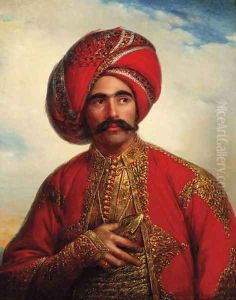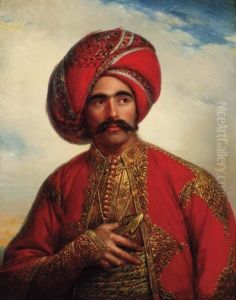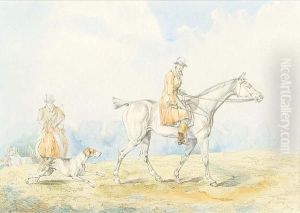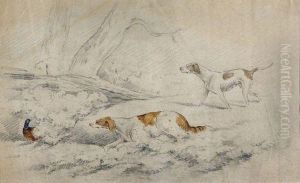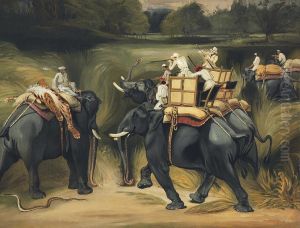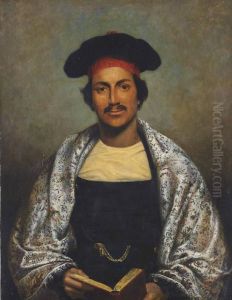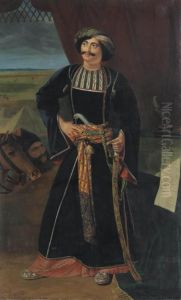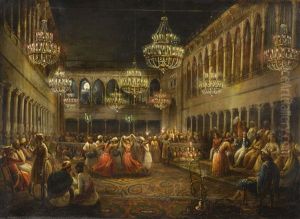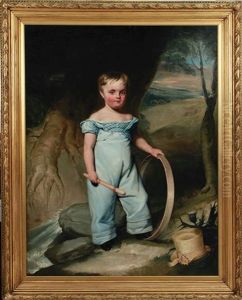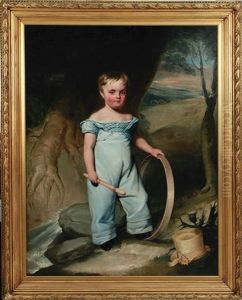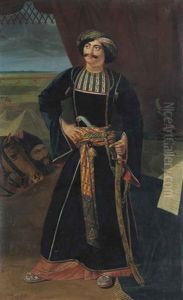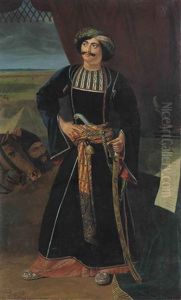William Henry Florio Hutchisson Paintings
William Henry Florio Hutchisson, often known just as W. H. F. Hutchisson, was a British artist born in 1899. Although not as widely recognized as some of his contemporaries, Hutchisson contributed to the British art scene with his distinctive style and artistic endeavors.
Hutchisson was primarily known for his work as a painter but was also skilled in other mediums, such as drawing and printmaking. His artistic journey began with his education at the Royal College of Art in London, where he honed his skills and developed his unique approach to art. After completing his studies, Hutchisson took on various roles, including teaching, to support himself while continuing to create art.
Throughout his career, Hutchisson was influenced by the changing art movements of the 20th century, yet he maintained a personal style that often focused on landscapes and portraiture. His works were characterized by a strong sense of composition and a keen eye for detail, which earned him recognition in artistic circles. He exhibited his paintings at prominent institutions such as the Royal Academy and also took part in group exhibitions, which helped to establish his reputation as a serious artist.
Hutchisson's contributions to the art world extended beyond his own practice. He was actively involved in the art community, participating in various art societies and serving as a mentor to younger artists. His passion for art was not limited to his own production; he was also known for his commitment to art education, influencing a generation of artists with his teachings and philosophy on art.
W. H. F. Hutchisson passed away in 1970, leaving behind a body of work that, while perhaps not as celebrated as that of some of his peers, represents a unique and valuable part of British art history. His legacy continues to be appreciated by art historians and collectors who recognize the quality and depth of his artistic contributions.
